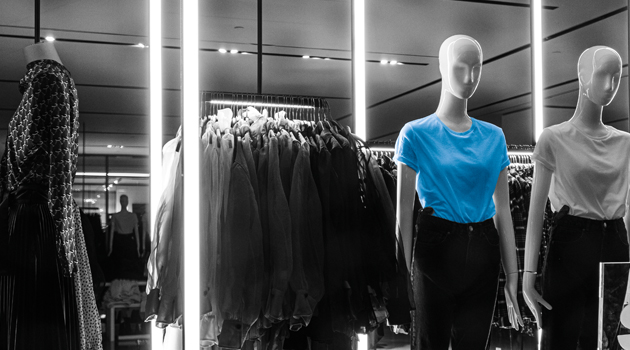My series on strategy for product recommendations continues. In the first part of the series I talked about the effective use of recommendations for first time visitors, in the second part I showed you a strategy for (personalized) recommendations for returning visitors and existing customers. Today we continue our series with the smart use of recommendations in the shopping cart and with the completion of purchase.
Recommendation Strategy – Completing the purchase
Recommendations in the wrong place can cause great frustration. But when used skillfully, product recommendations have the opposite effect: users feel appreciated and addressed at the right moment of their customer journey.
Speaking in terms of this article, the customer journey is coming to an end: The user is moving on to the shopping cart. Here again, effective product recommendations can generate additional revenue. In the following I will give you a short overview of how you can adopt this successfully.
Recommendations in the shopping cart
The online shopper now has put a few products in his shopping cart – maybe even some of those you recommended beforehand. But this is by no means the end of generating additional revenue potential. Perhaps a few tricks and further recommendations will convince the customer to make an additional purchase. This works best by using cross- and upselling.
The importance of Cross- and Upselling
Cross-selling means recommending additional products to those already in the customer’s shopping cart. Ideally, those can be added to the cart with just one click. Both product detail pages and the shopping cart itself are suitable for cross-selling recommendations.
Herefore, an intelligent algorithm can be used to select the appropriate recommendations based on different rules and logics. However, the recommended products can also be defined by the shop operator himself – for example, by using current offers. After all, special offers are a great incentive to make a purchase. By recommending current offers in the shopping cart, our customer getnow increased the conversion rate by 31%.
Upselling is an attempt to increase the basket value by convincing the user to opt for a more expensive and higher quality product. Again, different recommendation logics can be used, for example, the same brand or category but with a higher price than the current product. Here it is important to always test these campaigns – otherwise you will be in danger of distracting the user from his intention to purchase a product.
Recommendations with completion of the purchase
A possible example would be a recommendation in conjunction with a voucher for the next purchase. Thereby similar products from the upcoming collection can be promoted. If the user likes the purchased product, he or she might immediately buy an additional, new product. You can set the voucher to be redeemed after the return period has ended.
Recommendations: The proof is in the pudding
There are numerous ways to address users with relevant product recommendations at all stages of the customer journey. But no matter how great the temptation is, you should not offer too many recommendations to the users at the same time. If the user is presented with a surplus of recommendations across the funnel, he or she may get distracted or overwhelmed by the selection. Maybe start with only a few recommendations and check which one works best. A/B or multivariant testing can help – this way, the decision on the best recommendation strategy can be made based on reliable figures rather than making decisions instinctively.
And that was it, the end of my series on effective product recommendations. We hope you enjoyed it and you were able to learn a thing or two! If you would like to learn more about Recommendations, why not read our whitepaper? You can download it here!
